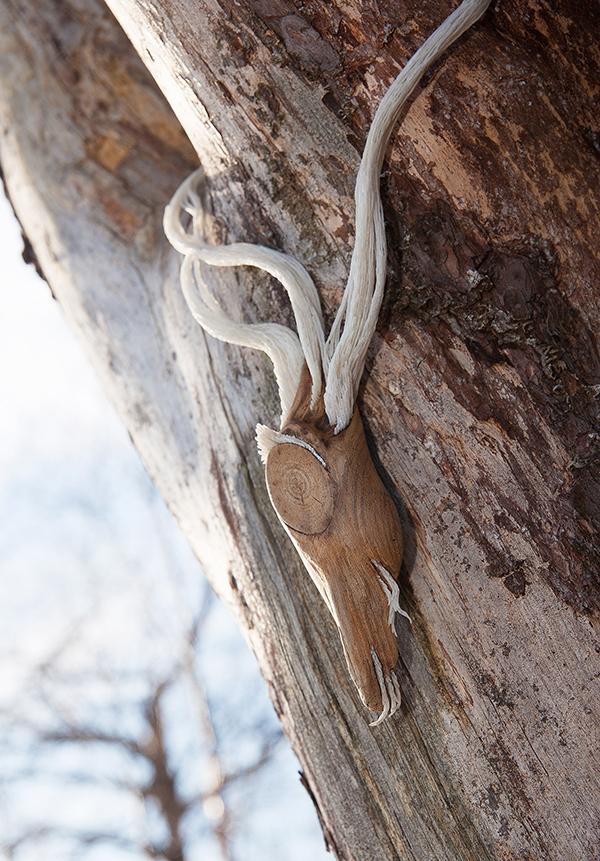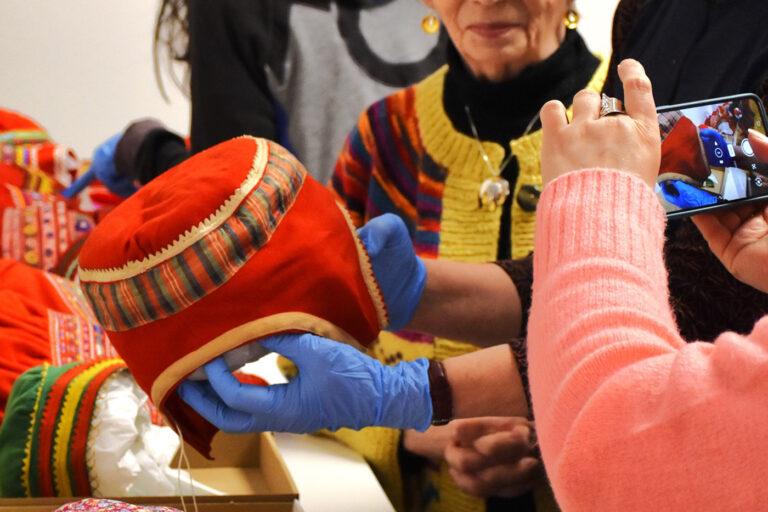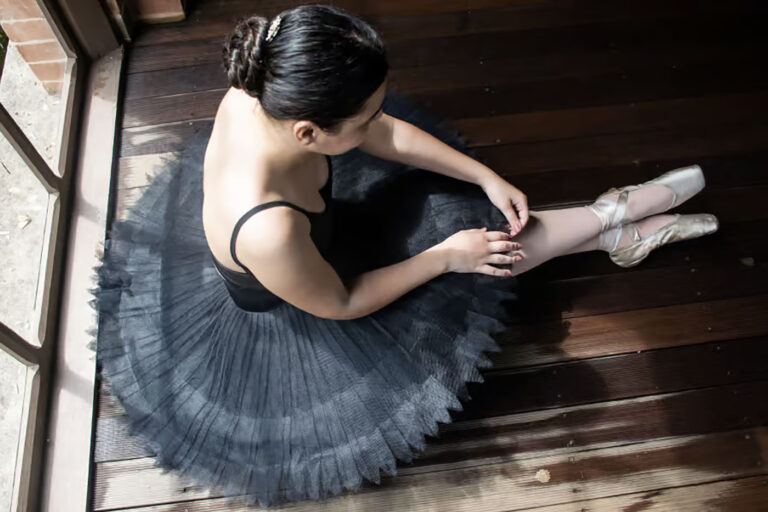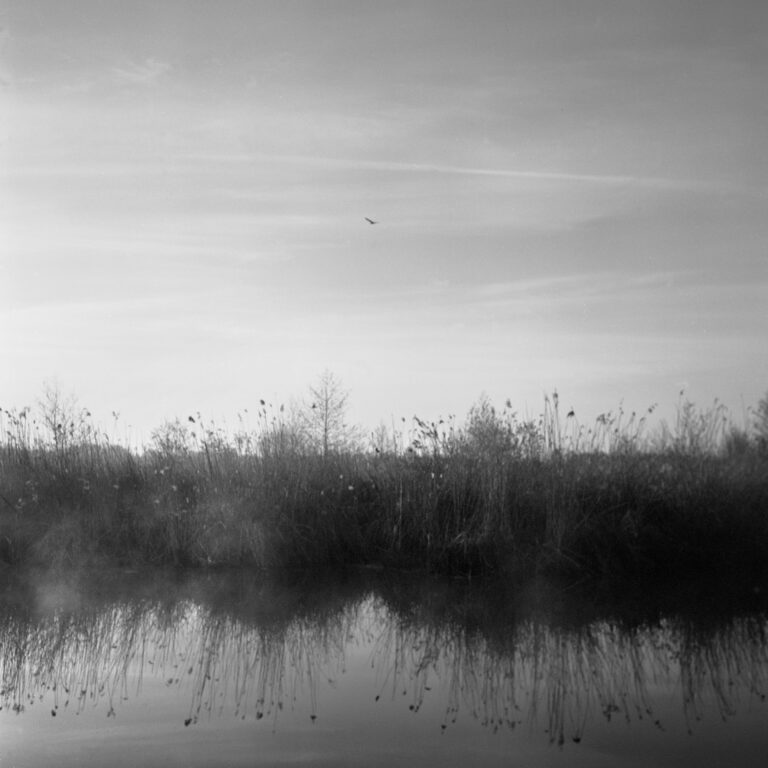Plastic beauty
In 2015, designer Wiebke Pandikow received a grant of EUR 12,000 from the Finnish Cultural Foundation for her artistic work.
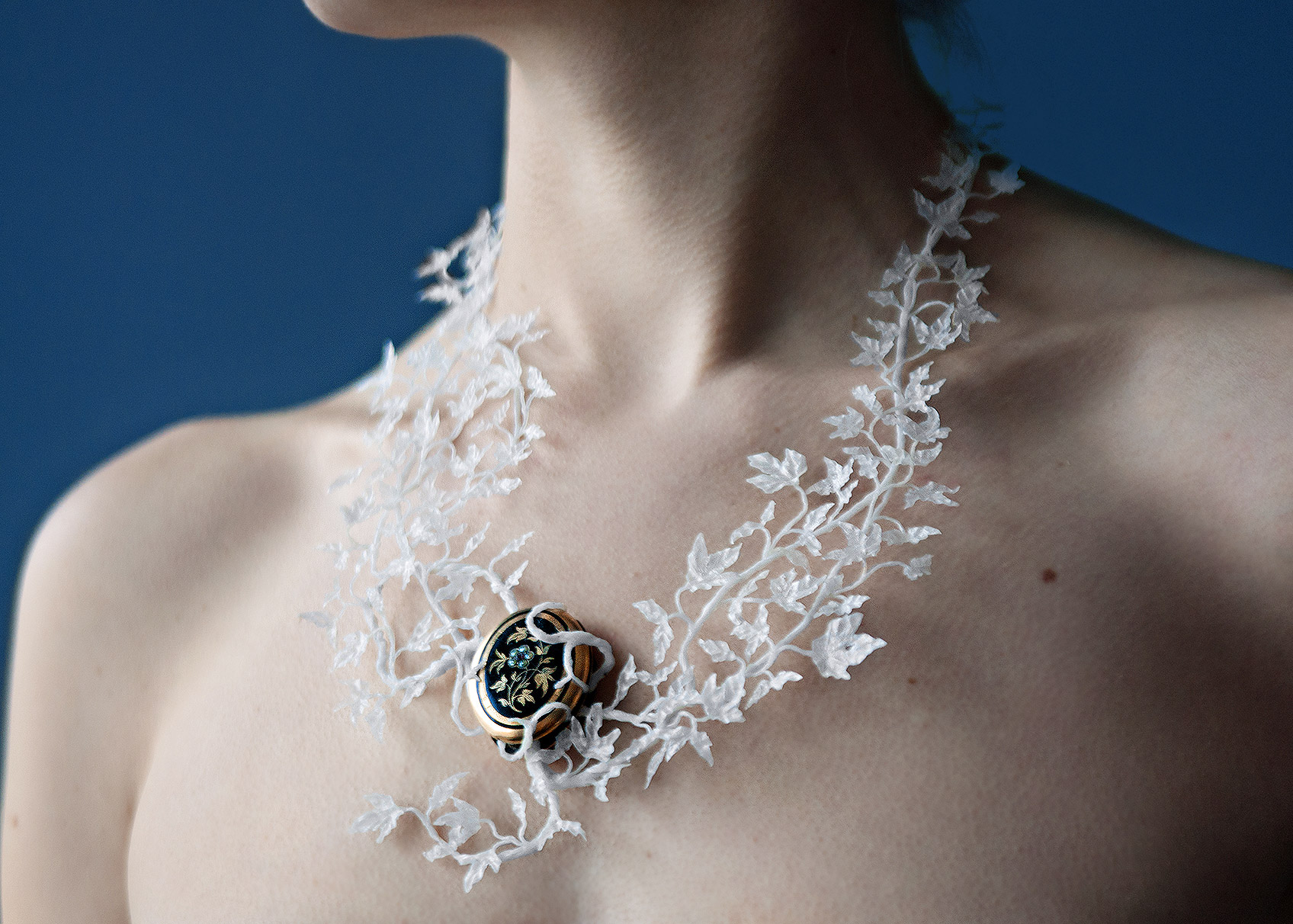
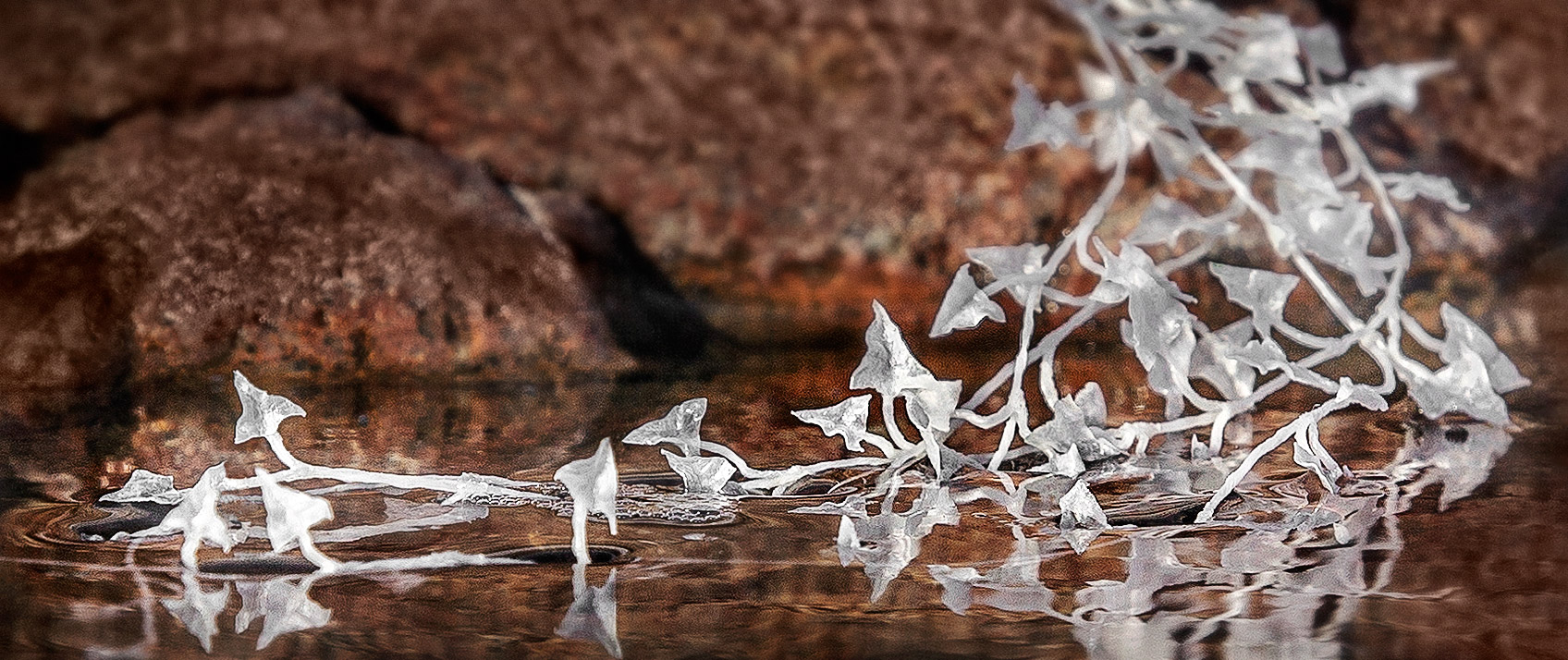
The saying “one man’s trash is another man’s treasure” is literally true in the work of Wiebke Pandikow. Pandikow turns recycled plastic bags into jewellery.
– I’ve always hated plastic. It’s horrible, it’s everywhere and it clogs up nature. Now I love plastic because it can be turned into any shape, she explains.
Pandikow’s methods are as ordinary as her material: She creates art using a clothes iron. When shaping leaves, she also uses a soldering iron. When worked with hot tools, plastic slowly changes shape, and everyday items turn into something totally new. Depending on the temperature, it may start resembling a sensitive, translucent plant or an old bone.
Plastic is durable. Even thin, lightweight pieces are sturdy and can be treated casually. Different kinds of bags turn into slightly different pieces.
In recent years, Pandikow has been fascinated by the thin bags used for fruit. They can be made into a translucent material that reminds Pandikow of fungi.
– As our oceans are oversaturated with plastic, maybe animals will learn how to use it.
An American collector was the first customer for Pandikow’s plastic jewellery. Some of the pieces are works of art, while others come in handy as durable household items. People are often puzzled by the unusual material.
– Many people see the pieces and ask themselves what an earth they are, says Pandikow with a laugh. A common guess is that they have been produced with a 3D printer. However, they are made entirely by hand. Making one piece can take up to 40 hours, and mastering new shapes requires a lot of practice. Pandikow has had her fair share of burns. However, as she says, a goldsmith is used to handling hot materials.
Raincoats made from plastic bags served as the inspiration for Pandikow’s “plastic bag jewellery”. About two years ago, she started trying out different uses for the bags and noticed that they can turn into lots of shapes. In her jewellery, Pandikow combines plastic with such materials as bones and pieces of wood. She once found inspiration in an old medallion that had belonged to her mother, which became part of a piece.
– I’m really happy that I could use the medallion for its original purpose. It keeps the memories alive, says Pandikow. Her other materials are also recycled items. Even though Pandikow gets through lots of plastic bags, she emphasises that she only uses bags that would be discarded anyway.
Pandikow is inspired by nature, and she often finds material for her art when strolling along the beach.
– I come from a village of 20 people, so it’s no wonder that I use natural motifs, says Pandikow, who moved to Finland from Germany nine years ago.
She is inspired by nature, and her choice of material also encourages her to use natural motifs: Plastic is made by humans and symbolises the human impact on nature.
– It’s really sad if our actions lead to our environment becoming uglier and less diverse. It’s bad for us and for our children, but it’s not so bad for nature itself. Nature can put up with all this, but we can’t.
Pandikow’s web page
Facebook-page
Photos and video: Harri Tahvanainen
Photo of Past: Wiebke Pandikow
